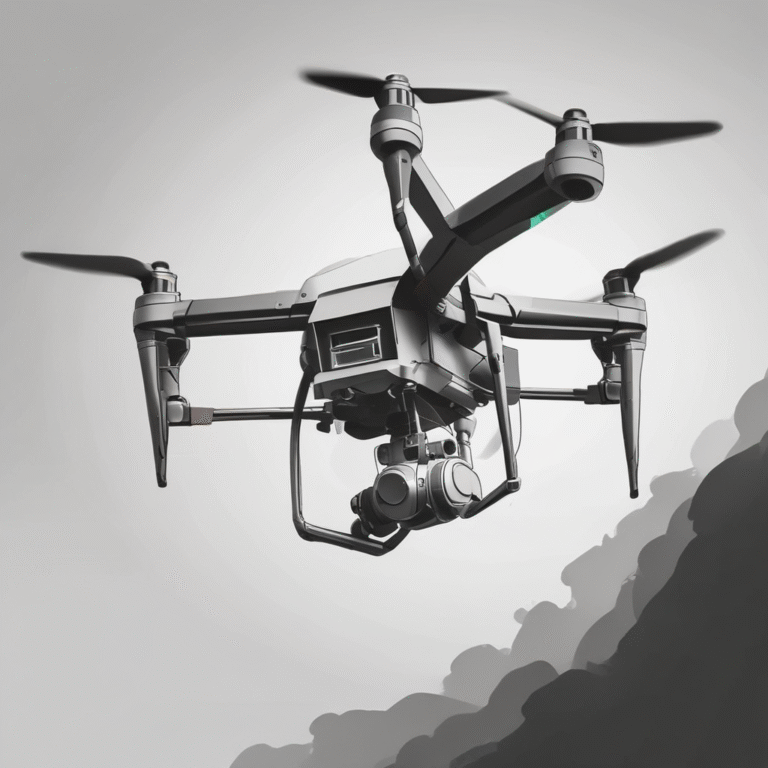Smarter Surveillance: Blending AI with Human Oversight
In today’s financial sector, compliance teams face an overwhelming volume of communications, from emails to messaging apps. The daily influx of interactions has far surpassed the capacity of human reviewers, while regulators demand greater vigilance than ever before.
Artificial Intelligence (AI) has emerged as a crucial tool to alleviate this burden. However, many firms are making critical errors by either relying entirely on automation or avoiding it altogether. Such approaches do not meet regulatory expectations, as highlighted by industry experts.
The Ideal Approach: Combining Automation with Human Oversight
The most effective surveillance strategy integrates automation with human oversight. AI excels at aggregating data and recognizing patterns, but it lacks the contextual judgment required for meaningful compliance decisions.
For instance, while AI can quickly identify thousands of flagged keywords, it cannot discern between normal discussions about estate planning and potential insider trading. U.S. regulators, such as FINRA, emphasize the necessity for firms to implement supervisory systems that are “reasonably designed” to ensure compliance. The SEC has echoed this sentiment in its recent roundtables, reinforcing the importance of human validation in the surveillance process.
AI’s Role in Surveillance
Firms that successfully combine AI with human review typically use technology as the first line of defense. AI is capable of scanning communications across various channels, not only detecting keywords but also analyzing sentiment, relationships, and unusual patterns that may indicate compliance breaches. This capability is particularly beneficial in anti-money laundering (AML) and know your customer (KYC) checks, where algorithms can identify references to sanctioned jurisdictions, unusual transactions, or deviations from standard account opening protocols.
However, the judgement of compliance professionals remains indispensable. Human reviewers are tasked with investigating flagged messages, assessing intent, and applying the firm’s policies. For example, while AI may flag an adviser inquiring about a client’s source of funds, only a human can evaluate whether this inquiry constitutes proper due diligence or an intrusive action that could undermine client trust.
The Broader Benefits of AI-Human Collaboration
The advantages of blending AI with human oversight extend beyond traditional surveillance. Communication data can enhance AML and KYC monitoring, with AI identifying indications of politically exposed persons or concerns about beneficial ownership. Yet, human interpretation is necessary to assess context and escalate genuine risks accordingly.
In the realm of marketing, human-AI collaboration is equally crucial. Compliance with FINRA Rule 2210 mandates that marketing communications adhere to strict guidelines; failures can lead to substantial penalties. While AI can expedite reviews by flagging prohibited terms or missing disclosures, human reviewers must determine whether claims are fair and balanced, ensuring that materials do not mislead investors.
Addressing Ethical Concerns
Ethical considerations surrounding AI bias also present significant challenges. Leading firms mitigate these concerns by documenting the operational mechanics of their models, conducting regular testing, and ensuring that all alerts are reviewed by humans before any action is taken. Establishing escalation protocols and robust audit trails further enhances accountability, as regulators insist that fiduciary duties remain in place regardless of technological advancements.
Building Effective Surveillance Programs
To create effective programs, firms must implement structured governance, provide staff training, and establish clear escalation pathways. Regular updates to systems are essential to adapt to new risks and regulatory changes. When executed correctly, this model offers scalability without compromising quality, reduces false positives, and fosters regulatory confidence.
As a compliance director aptly stated, “AI doesn’t replace our judgment—it amplifies it.” The future of surveillance lies in this collaborative intelligence model, where the integration of AI into human-centered compliance processes results in systems that neither technology nor humans alone could achieve, ultimately protecting both clients and the organization.










